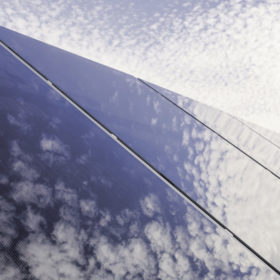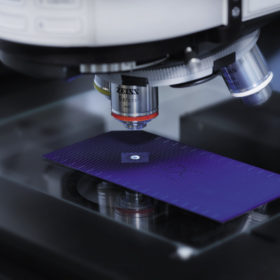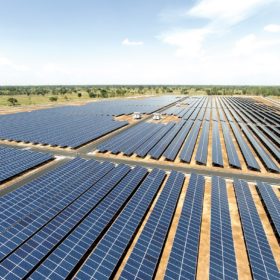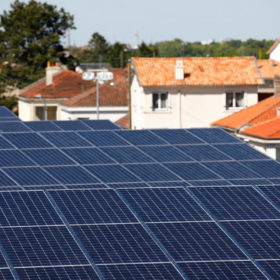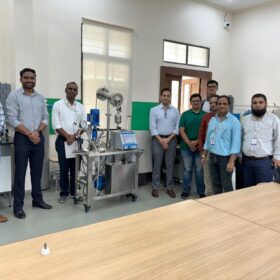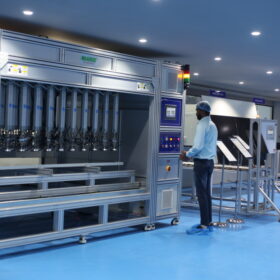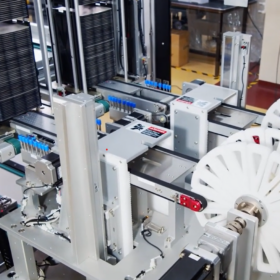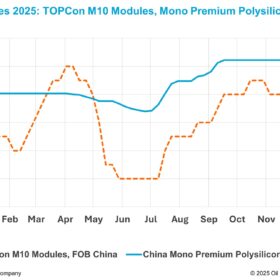Six Indian firms among top 36 in solar developer ranking
Acme Solar ranks eighth with 2.556 GW of cumulative generation capacity to date, and Adani Green Energy (2.421 GW) ninth in the list, which has First Solar and Canadian Solar on top. Azure Power, Tata Power, Greenko Energy and NTPC are the other Indian developers among the top 36.
The long read: The cracks are showing
Finding tiny cracks in a silicon solar cell is not that easy, particularly given that these cracks initially have little or no effect on module performance. But a number of common occurrences in a module’s lifetime can cause cracks to grow, rendering whole areas of a cell useless. And this is increasingly being recognized as one of the most significant risks to module reliability – one which the PV industry is hard at work to mitigate.
Corporate funding for battery storage up 75%
Analysts at Mercom Capital Group have tallied up corporate funding, venture capital and debt and public market investment for battery storage, smart grids and energy efficiency companies. From a financial perspective, the industry appears resilient to the Covid-19 crisis and ready to grow further.
PV module innovations to lower solar costs in coming decade
A new report by Wood Mackenzie suggests that rapid solar module technology innovations in the next decade will lead to significant increases in module power class, better performance and more versatile applications. Technology and lower capex will be key to sector growth, it adds.
The long read: In the long run
PV module makers are under growing pressure to increase the power output and longevity of their products, which leads in some cases to rapid changes in the technologies and materials they utilize. pv magazine recently sat down to speak with Kaushik Roy Choudhury and Mark Ma of DuPont Photovoltaic Solutions about the changing landscape for quality in solar PV materials.
India re-elected as President of the International Solar Alliance
Launched in November 2015, the alliance aims to collectively address key challenges to the scaling up of solar energy in member countries that fall between Tropic of Cancer and Tropic of Capricorn. The Alliance is now supported by 68 member countries, and a further 20 countries are in the process of becoming members.
Three Indian firms among Top 11 solar EPC contractors outside China in 2019
Although the Wiki-Solar website ranking only provides a snapshot of PV project engineering, procurement and construction contracts outside of China, it is nevertheless a useful indicator of the changing global solar market landscape. Swinerton was the largest solar EPC contractor outside China in 2019. Of the top 11 companies, three are based in India, three in the United States, another three in Spain and two in the United States.
Total and Google Cloud develop tool to predict rooftop PV potential
The Solar Mapper uses artificial intelligence algorithms that compile data extracted from satellite images. It can estimate site solar potential and indicate the most suitable technology.
Swedish truck maker develops solar cell-clad trailer
The 18-meter long solar cell-clad trailer is said to enable fuel savings of 5-10% in Sweden. Swedish thin-film manufacturer Midsummer is a partner on the project.
Agrivoltaics for pear orchards
Belgian researchers are testing agrivoltaic power generation in a pear orchard. The first pilot project features specially designed 185 W solar panels with transparent backsheets, conventional silicon cells, and a 21% efficiency rate.
